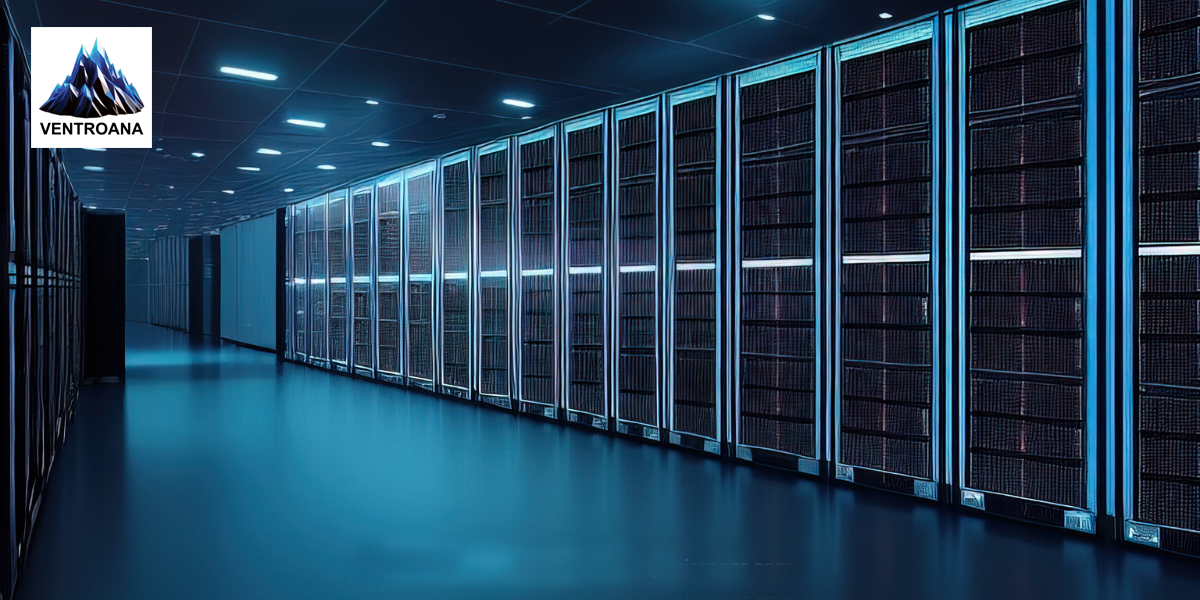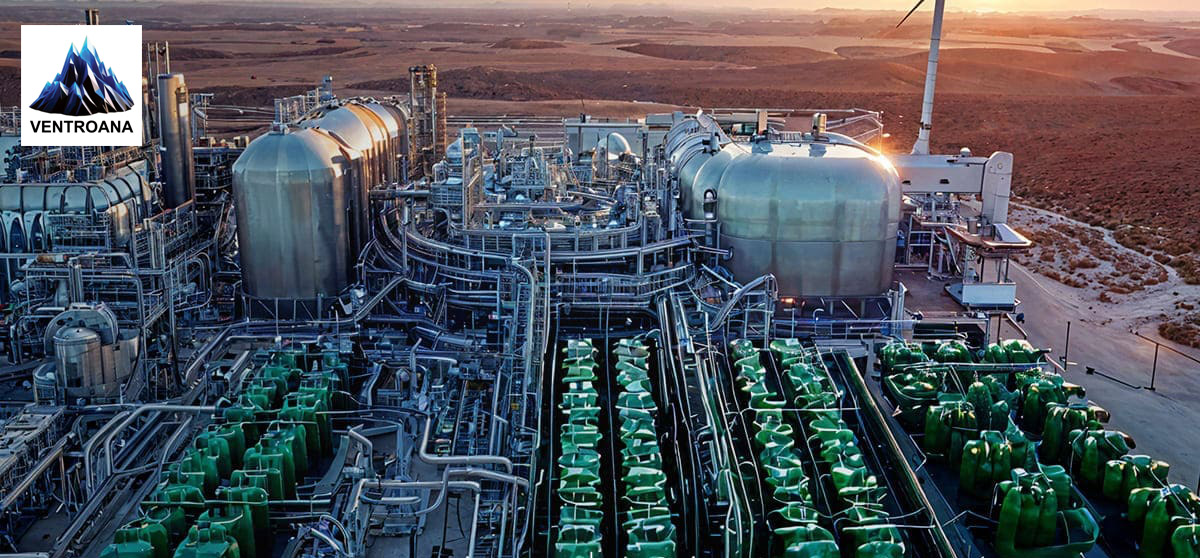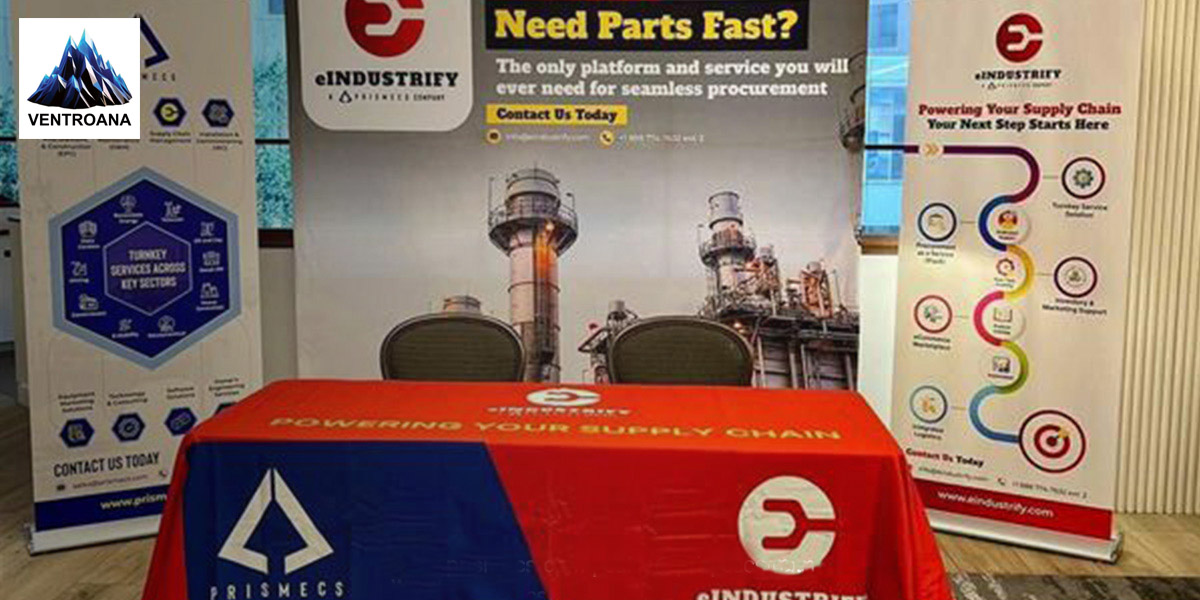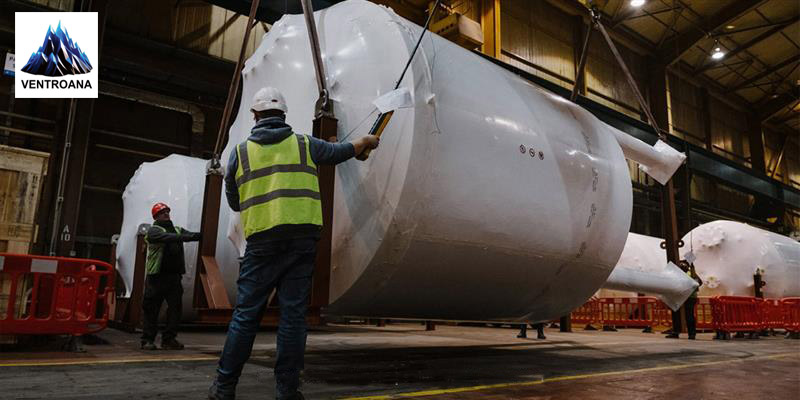Data Centers
August 12, 2024

The data center industry plays a crucial role in the modern digital economy. They support everything from cloud computing to online services. As the demand for data storage and processing grows, so does the energy consumption of data centers. They have consumed an estimated 1% of the world's electricity recently, making energy efficiency a critical concern.
Optimizing data center energy consumption is essential for reducing extra costs, minimizing environmental impact, and ensuring sustainable growth. This article explores the best practices for optimizing this kind of energy, focusing on efficiency and technological innovation.
Computer systems and associated components, such as telecom and storage, are housed in data centers. They require significant amounts of electricity to power servers, cooling systems, and other infrastructure. Data centers consume energy for a variety of reasons, including:
Energy consumption is influenced by the efficiency with which servers process data. Underutilized servers consume power without contributing equitably to data processing, leading to inefficiencies.
Data centers generate substantial heat, and cooling systems must maintain optimal operating temperatures. Traditional cooling methods, such as air conditioning, are energy intensive.
Inefficiencies in power distribution can lead to energy losses, further increasing consumption.
Lighting and other non-essential systems also contribute to the overall energy footprint of data centers.
The data center market is projected to grow significantly, with an expected increase of USD 434.8 billion and a compound annual growth rate (CAGR) of 14.52% from 2023 to 2028. Rapid advancements in machine learning, the Internet of Things (IoT), and cloud computing fuel this growth.
To effectively respond to changing customer demands, businesses increasingly embrace digital modification, which represents a profound shift from traditional on-premises technology to the adaptable, scalable capabilities of cloud computing.
Data Center Market Size Outlook 2018 -2028
Some of the best practices include:
Optimizing server utilization is a key strategy for reducing data center energy consumption. By optimizing server performance, the number of servers needed is minimized. These techniques include:
With virtualization, multiple virtual machines can run on a single physical server, reducing the number of servers needed and improving resource utilization.
Reducing workloads on fewer servers can decrease the energy used by underutilized servers.
Efficiently distributing workloads across servers ensures balanced usage, preventing any single server from becoming overburdened while others remain underemployed.
Cooling systems are essential for preventing overheating in data centers, but they can also be major energy consumers. Implementing efficient cooling solutions can significantly reduce energy consumption.
This method helps maintain hot and cold air separation in the data center. It makes cooling more efficient by preventing air streams from mixing.
Leveraging external environmental conditions, such as cool air or water, can reduce the need for mechanical cooling systems.
This technology uses liquids to absorb and dissipate heat more effectively than traditional air cooling, offering significant energy savings.
Transitioning to renewable energy sources is a crucial step in reducing the carbon footprint of data centers. By harnessing clean energy, such as solar or wind power, data centers can significantly decrease their CO2 emissions. Some strategies include:
Installing solar panels or wind turbines on-site can provide a sustainable power source for data centers.
Data centers can offset their carbon emissions by purchasing RECs, representing renewable energy production's environmental benefits.
Advanced power management techniques can optimize electricity consumption in data centers:
Using energy-efficient servers and components can reduce overall power consumption.
PUE is a metric used to measure the energy efficiency of a data center. A lower PUE indicates a more efficient use of energy, approaching 1.0.
Intelligent PDUs can monitor and control the power usage of individual devices, allowing for more precise energy management.
Artificial intelligence (AI) and machine learning (ML) technologies offer significant potential for optimizing data center energy consumption.
AI can analyze historical data to predict future energy needs, enabling proactive management of resources.
ML algorithms can adjust cooling systems in real time based on server workloads and ambient conditions, improving efficiency.
AI systems can automate tasks like balancing loads and allocating resources, reducing errors, and optimizing energy efficiency.
Continuous monitoring and benchmarking are essential for identifying areas for improvement and tracking progress.
Implementing energy monitoring systems allows data centers to track real-time energy consumption and identify carelessness.
Comparing a data center's energy performance with industry standards can highlight areas for improvement and set achievable goals.
The future of the data center industry lies in sustainable development practices:
Achieving certifications such as LEED (Leadership in Energy and Environmental Design) demonstrates a commitment to sustainable building practices.
Using eco-friendly construction materials can reduce the environmental impact of building new data centers.
Data centers are significant contributors to global CO2 emissions because of their high energy consumption. Reducing these emissions is crucial to mitigating climate change and promoting sustainability. By implementing the best practices outlined above, data centers can significantly lower their carbon footprint.
Optimizing data center energy consumption is not only an environmental imperative but also a business necessity. As the demand for data storage and processing continues to grow, the data center industry must prioritize energy efficiency.
Optimizing data center energy consumption is essential for reducing costs and environmental impact. This article explores best practices for efficiency and technological innovation. The journey toward energy optimization is ongoing. However, with the right strategies and innovations, data centers can achieve a more sustainable and energy-efficient future.
Ventro Analytics is a leader in data center optimization. We will help you reduce CO2 emissions and electricity consumption and align with industry sustainability best practices.
We also help you optimize your data center for cost and the environment.
Our commitment to reducing CO2 emissions and lowering electricity consumption aligns your data center with industry best practices for sustainability. We are a leading provider of data center energy optimization solutions.
Crucial strategies include effective cooling systems, optimizing garçon application, using energy-effective tackles, and covering power operation effectiveness (PUE).
Effective cooling systems, like liquid cooling and free cooling, greatly reduce the energy needed to maintain optimal temperatures in data centers.
High garçon application ensures that each garçon operates at or near its full capacity, reducing the need for fresh waiters and minimizing energy consumption.
Using renewable energy sources like solar, wind, or hydroelectric power can significantly reduce the carbon footprint of a data center.
Energy-effective tackles, like waiters, storehouse bias, and networking outfits, consume lower power and generate lower heat for a reduced environmental impact.
Tags: Data Center Efficiency Energy Management Sustainable Data Centers Data Center Power Green Data Centers Energy Optimization Data Center Sustainability

Successful Implementation of Green Hydrogen in Power Plants
Discover how green hydrogen revolutionizes power plants with sustainable energy solutions, reducing ...

Driving Innovation and Resilience: Insights from the 10th Annual Energy Supply C...
Gain insights on driving innovation and resilience at the 10th Energy Supply Chain & Procurement Sum...

Understanding EPC Engineering: Key Concepts Explained
Discover the essentials of EPC Engineering, covering contracts, project phases, and roles of EPC con...